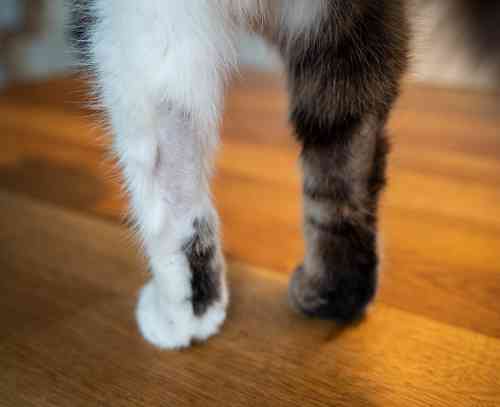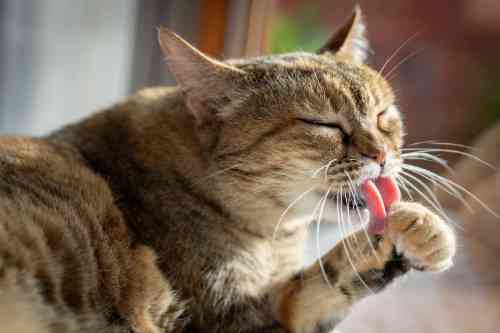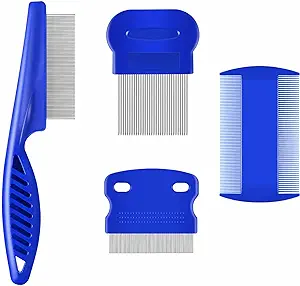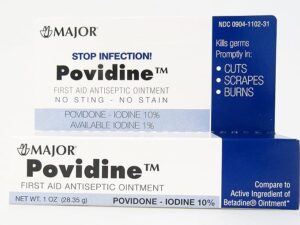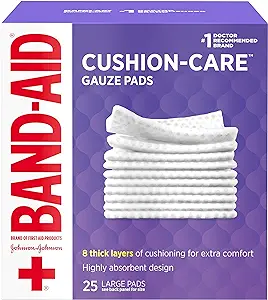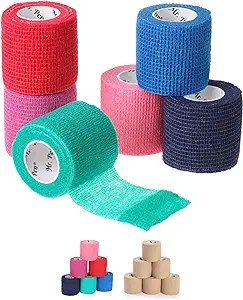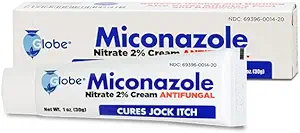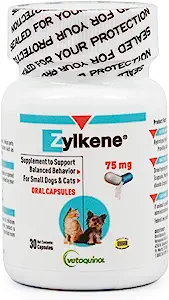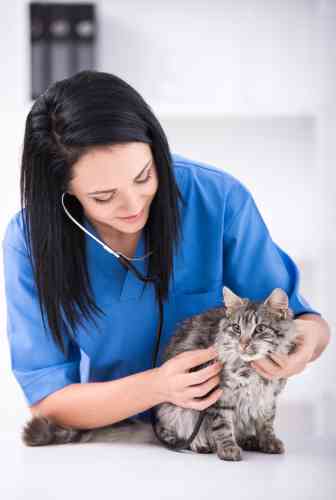Your cat has a bald spot on his paw
What should you do?
Your cat has a bald spot on its paw, and naturally, you’re looking for a solution. Rest assured! You will undoubtedly find it on this page. We tell you all about the possible causes of a bald spot on your cat’s paw. And we also tell you what you can do against those causes. In most cases, it’s just a matter of trying treatments to find a solution. This is generally no different with your veterinarian. So read on quickly so you can help your cat get rid of its annoying bald paw.
What causes your cat to have a bald spot on its paw?
If your cat has a bald spot on its paw, you can divide this into two groups. Firstly, it’s possible that there is a problem with the hair follicles from which the hair grows. Hair then falls out and does not grow back. This is often the case if there is a fungal infection or deep living mites. But it’s also possible that excessive forces are at work breaking the hairs. And in the case of cats, this is almost always because the hairs are being licked off. In this case, your cat probably has itchiness on its paw or stress causing it to develop a habit of excessive licking. In this way, it tries to calm itself. But to make things even more complicated, it’s also possible that a combination of these two groups is at play.
A bald paw as a result of hair loss
In this case, the hair follicle is affected. The hairs come loose in the follicle, and the follicle is unable to heal itself and produce new hair. This can have several reasons:
- Skin Infections: Bacterial, viral, or fungal infections can damage the hair follicles and lead to hair loss.
- Parasitic Infections: Especially mites and fungal infections can get into hair follicles and damage them.
- Hormonal Imbalances: Conditions such as an underactive thyroid gland or Cushing’s disease can cause hair loss by affecting the hair follicles. These conditions are not very common in cats and typically cause baldness on the whole body.
- Autoimmune Diseases: Diseases in which your cat’s immune system attacks the cells of the hair follicles can damage the follicles.
- Physical Trauma and Stress: A severe bruise can cause hair follicles to go into a dormant state, resulting in permanent baldness.
- Allergic Reactions: Allergies to food, environmental factors, or flea bites can cause dermatitis and hair loss. We often see this develop on the paws and on the head in cats.
A bald paw as a result of excessive licking
- Itchiness: As a result of itchiness, a cat can excessively lick its paws. We see this especially when there is an allergy or parasitic infections such as mites or fleas. But also dry skin can cause your cat to experience an irritating feeling on its paw. Or certain medications.
- Pain or Discomfort: Pain related to injuries, arthritis, or other joint problems can lead to excessive licking as a way to cope with the pain.
- Stress or Anxiety: Cats can excessively lick as a coping mechanism in stress, anxiety, or boredom. This can occur due to changes in their environment, such as a new pet, a move, or lack of attention.
What symptoms can you see besides bald spots on the paws?
As a result of both the excessive licking and the causes that damage the hair follicles, you can also notice that your cat has developed red skin where the bald spots are. In severe cases, even (small) injuries to the skin can occur. You may see flaky skin or even real crust formation. The bald spot can also feel very warm. This happens especially if there is an inflammatory reaction. If your cat has been licking it for several weeks, the skin can also start to show pigmentation. In that case, the normally pink-colored skin becomes dark gray or dark brown.
Diagnosis in case your cat has bald spots on its paws
First of all, you can check yourself if there are any tiny stubbles on the bald spot. You can often feel this too. A skin area licked bald typically still has very small stubbles. This is not the case with hair loss, where the skin feels completely smooth if no other skin problems have arisen. This way, you can rule out some of the causes.
Also, carefully check if your cat has fleas. Especially in the case of flea allergy, your cat only needs one flea biting it once a week. Your cat will then have an itch all the time. So, be sure to thoroughly check for fleas with a flea comb.
Unfortunately, you cannot diagnose all other causes yourself. But that is not really necessary to still be able to treat your cat.
What should you do if your cat has a bald spot on its paw?
Treating Fleas
Naturally, as mentioned above, you should carefully search for fleas. If you see fleas, a standard flea treatment such as Advantage for cats suffices.
Treating Mites
If you don’t see fleas, it’s best to treat your cat with a product that kills mites. You can get this from your vet’s counter. Ask for a mite product suitable for cats, such as Stronghold or Bravecto. If parasites are the cause, you should start to see tiny hairs reappearing after a week. This product also kills fleas, so you don’t need to give a separate flea treatment in this case.
Bacterial Infection
If you also see red, wet, or even slightly pus-filled skin under the bald spot, then there is a bacterial infection. In that case, apply betadine ointment to the spot twice a day for five days and cover it up with a gauze and a self-adhesive bandage. Be careful not to wrap it too tightly, as this can easily cut off your cat’s blood circulation. Just wrap it loosely around its paw. It’s important that your cat doesn’t lick off the betadine, as this can cause diarrhea.
Treating Fungal Infections
If this is not the solution, and the skin looks a bit red or flaky, you can apply miconazole nitrate ointment to the bald spot twice a day. After a week, you should see the skin start to heal and hairs begin to grow back. If this is not the case, you do not need to continue applying the ointment. If it helps, unfortunately, you will have to apply the ointment to your cat’s bald paw for at least 4 weeks. Also, make sure to cover it with a bandage, as it’s better that your cat doesn’t ingest it. If your cat starts to become bald in more places while applying the ointment, it’s better to get an oral fungal treatment from your vet. However, they usually only give it after doing a fungal culture, which means extra costs.
Treating Food Allergy
If you suspect that your cat might have a food allergy, it is wise to put it on a special food allergy diet. Besides this diet, it must not consume anything else. And you should do this test for at least 8 weeks. You won’t see any difference in the first 4 weeks, but if there is a food allergy, you will start to see the hairs return and your cat grooming itself much less in the last 4 weeks.
Countering Stress
In many cases, it turns out that a cat gets bald spots on its paws as a result of excessive licking due to stress. As a result of stress, the quality of the coat and skin is also generally not optimal. Stress can arise due to a neighbor’s cat, your own other cat, boredom, loud noise in the house, etc. Try to find out what might be causing your cat’s stress. Give your cat plenty of opportunities to exercise and entertain itself to counter stress.
If you think your cat is stressed but can’t solve it by removing the source of stress, you can try whether Zylkène offers the solution. It contains substances that increase the amount of serotonin in your cat’s brain, making it less sensitive to stress. This often results in a very good outcome. However, it usually takes about a month before you really see results.
When to visit the vet if your cat has a bald spot on its paw?
As long as your cat is not too bothered by it, you can try the above treatments yourself. But if it doesn’t work or your cat is in a lot of discomfort, or if the spot keeps getting bigger, despite your treatment? Then it’s better to pay a visit to your vet.
How does the vet treat your cat with a bald spot on its paw?
In most cases, your vet will first scrape off some of your cat’s skin with a scraper and examine it under a microscope. This way, they can determine if there are mites. If it looks a lot like a fungal infection, a fungal culture is done. But if it’s unclear, your vet usually starts with an anti-itch hormone ointment. This suppresses any inflammation and also combats the itch. If all goes well, your cat will then stop licking and the skin will heal. If this is not the solution, a small piece of skin is often taken from your cat’s paw under anesthesia. This is then sent to a special laboratory to hopefully get a diagnosis.

